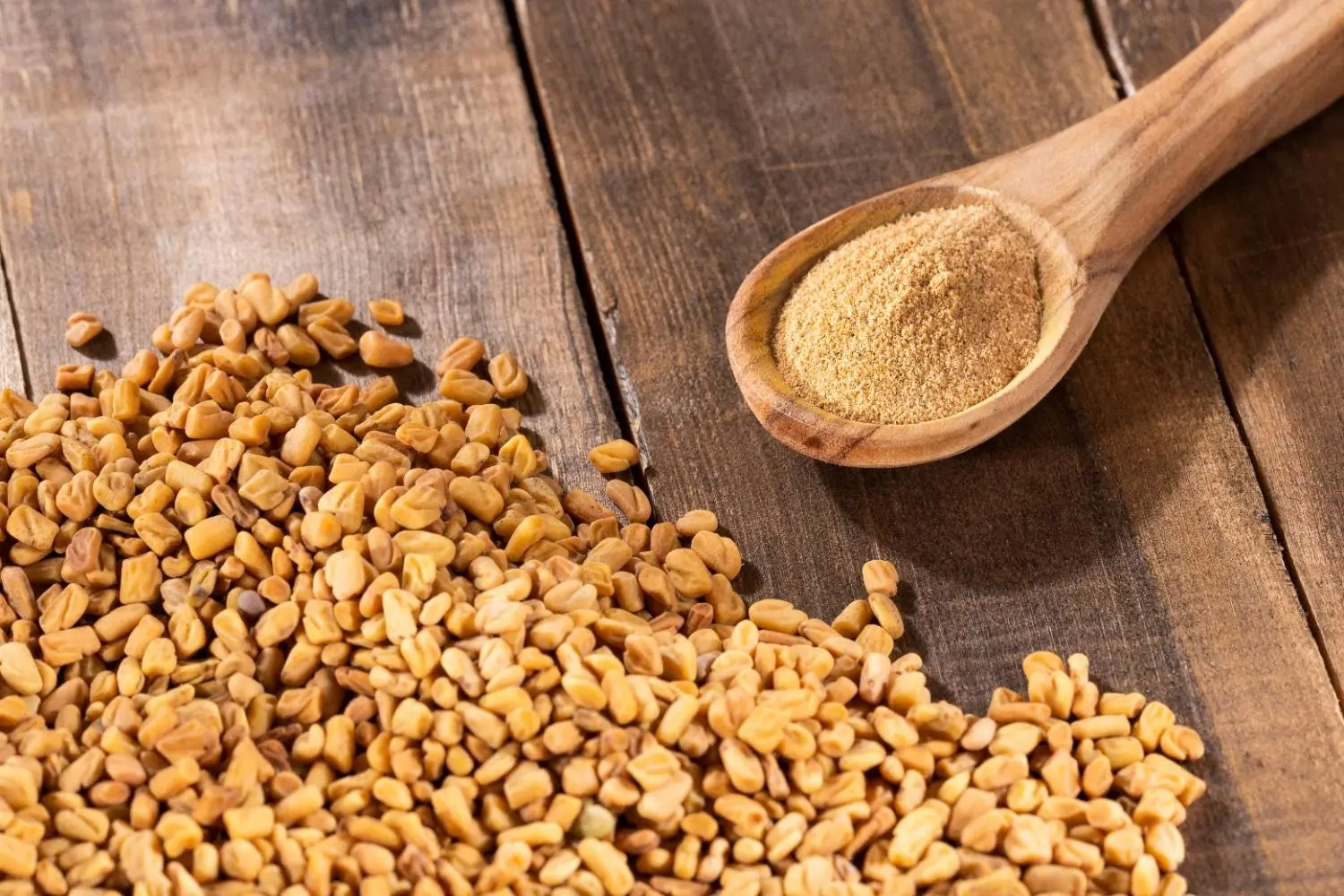Fenugreek (Trigonella foenum-graecum) is an annual plant in the pea family (Fabaceae). It is native to southern Europe and the Mediterranean region, but is now cultivated worldwide. Fenugreek is a popular herb and spice in many cuisines, including Indian, Middle Eastern, and North African.
Fenugreek has a distinctive maple syrup-like flavor and aroma. The seeds are most commonly used, but the leaves and sprouts are also edible. Fenugreek seeds can be eaten whole, roasted, or ground into a powder. They are often used in curries, stews, and other savory dishes. Fenugreek leaves are often used in salads and stir-fries. Fenugreek sprouts can be eaten raw or cooked.
In addition to its culinary uses, fenugreek has also been used for centuries in traditional medicine. It is thought to have a number of health benefits, including:
- Lowering blood sugar levels
- Improving cholesterol levels
- Increasing milk production in breastfeeding women
- Reducing inflammation
- Boosting testosterone levels
- Improving digestive health
Fenugreek is generally safe for most people to consume in moderation. However, it can interact with certain medications, such as blood thinners and diabetes medications. It is important to talk to your doctor before consuming fenugreek, especially if you have any underlying health conditions or are taking any medications.






Reviews
There are no reviews yet.